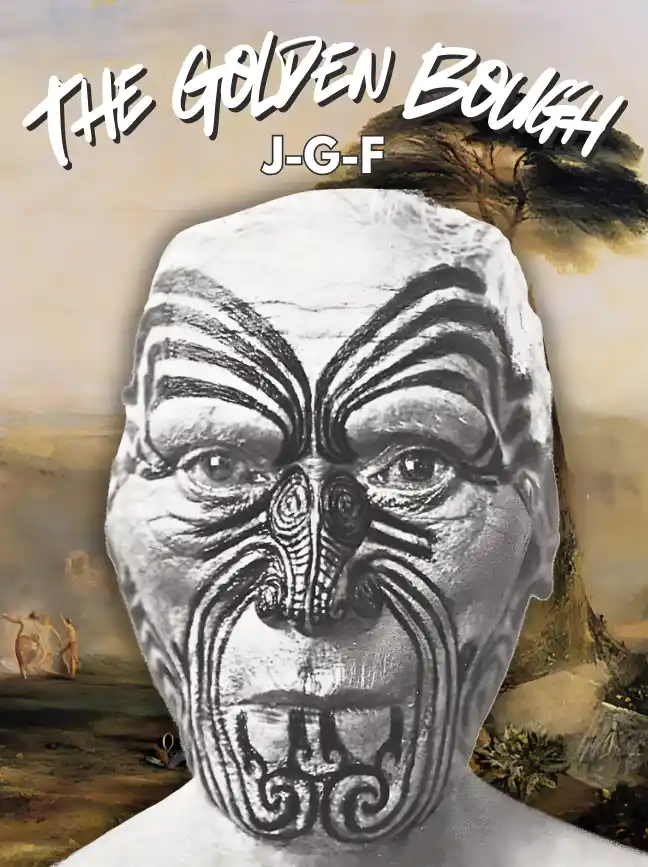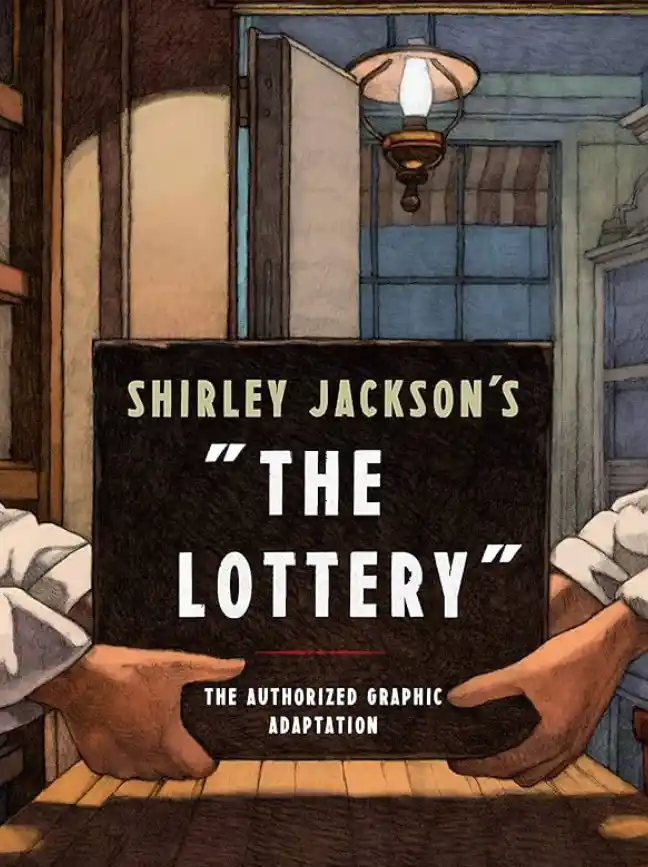A CHRONOLOGY OF SIR JAMES GEORGE
FRAZER (1854–1941)
1843 Great Disruption of the Church of Scotland. Ninian
Bannatyne, Frazer’s great-uncle, storms out of the
Assembly Hall in Edinburgh at second in a column whom
he leads into ecclesiastical exile to help found the Free
Church of Scotland, in whose austere doctrines Frazer
would gratefully be raised.
1854 James George Fraser born in Brandon Place, Glasgow, of
Daniel Frazer, pharmacist and Katherine Frazer, née Bogle,
whose forebears included George Bogle of Daldowie, who
in 1774 had been Warren Hasting’s envoy to Tibet. mid-1860s Daniel Frazer acquires a property at Helensburgh on the
Gareloch, where the young James will spend most holidays
until early middle age. At Larchfield Academy,
Helensburgh, he imbibes under Alexander Mackenzie the
headmaster the rudiments of Latin and Greek. On Sundays
he listens to the church bells echoing across the lake, a
sound that later reminds him of ‘the bells of Nemi’.
1869 Matriculates at Glasgow University, at which he studies
Latin under George Gilbert Ramsay, rhetoric under John
Veitch, and physics under the great Lord Kelvin (Sir
William Thomson), originator of the Second Law of
Thermodynamics.
1874 Matriculates at Trinity College, Cambridge, from which in
1878 he graduates with first-class honours in the Classics
tripos.
1878 Enters the Middle Temple whence, in January 1882, he is
called to the bar, but never practises.
1879 On the basis of a dissertion on Plato, is elected on 10
October to a Title Alpha Fellowship at Trinity. His
fellowship is thrice renewed, in 1885, 1890, and 1895.
1886 Commences magisterial translation and edition of
Pausanias’s Description of Greece.
1887 Sends out questionnaire to missionaries, doctors, and
administrators throughout the empire, requesting
information on the customs and beliefs of the local
inhabitants. Totemism, his first ethnographic monograph,
published in Edinburgh by Adam and Charles Black.
Sidetracked from Pausanias by a suggestive passage in
Book One, and by certain eighteenth-century travellers’
accounts of southern India, commences work on The
Golden Bough.
1890 First edition of The Golden Bough, in two volumes,
published by Macmillan. Frazer immediately embarks for
Greece, where he travels extensively in preparation for his
resumed work on Pausanias, visiting Athens, Sparta,
Corinth, Ithome, Olympia, Helicon, Thebes, Aegion,
Delphi.
1895 Further travels in Greece, partly on horseback, partly on
foot. Visits the Valley of the Styx where he hears sounds ‘as
if hell-hounds were baying at the strangers who dared
approach the infernal water’.
1896–7 Marries Lilly Grove, a French widow, who had come to
Cambridge requesting advice on the ethnology of dance.
From now on Frazer lives with her and her two growing
daughters. Complains, apparently, of noise levels.
Pausanias’s Description of Greece published in six
volumes, one of translation, five of commentary.
1900 Second edition of The Golden Bough in three volumes.
Chapter on ‘The Crucifixion of Christ’ savagely attacked
by Andrew Lang in The Fortnightly Review. Spends
Christmas in Rome, where he meets William James.
1904–5 Commences the study of Hebrew under tutelage of Robert
H. Kennett, his fellow students being Jane Ellen Harrison,
Francis Cornford, and A. B. Cook. Delivers ‘Lectures on
the History of the Kingship’, the basis of the eventual
second volume of Part One of The Golden Bough, third
edition (The Magic Art and the Evolution of Kings).
1909 Psyche’s Task, a defence of the social usefulness of
superstition.
1910 Appointed to Chair of Social Anthropology in the
University of Liverpool. Disgruntled by lack of emolument,
and disheartened by large industrial city, flees back to
Cambridge. Totemism and Exogamy published in four
volumes, tabulating kinship systems world-wide.
1906–15 Third edition of The Golden Bough, in twelve volumes,
with vastly extended exempla and revised theory of
Midsummer Fires. ‘The Crucifixion of Christ’ placed
decorously in an appendix. Departs for the Continent.
1913 Volume I of The Belief in Immortality and the Worship of
the Dead, covering Australasia and Melanesia. Vol. II
covering Polynesia and Vol. Ill covering Micronesia are
published in 1922 and 1924 respectively.
1914 Knighted.
1914–18 Spends the Great War in London, in a tiny flat in the
Middle Temple, to which his nominal membership of the
bar entitles him.
1918 Folk-lore in the Old Testament, in three volumes, applying
the scepticial method of The Golden Bough and Frazer’s
newly acquired Hebrew scholarship to the text of holy writ.
1921 Apollodorus: The Library in two volumes, for the Loeb
Library.
1926 The Worship of Nature.
1927 The Gorgon’s Head and other Literary Pieces; Man, God,
and Immortality.
1929 Edition and translation of the Fasti of Ovid in six volumes.
This had been commissioned for the Loeb Library, but had
grown beyond all bounds. Later (1931) Frazer shortened it
to the extent required by the Loeb Library, who then
published it.
1930 Myths of the Origin of Fire. His Trinity fellowship
dissertation is eventually published as The Growth of
Plato’s Ideal Theory. Is struck blind while making a speech
at the annual dinner of the Royal Literary Fund, his eyes
‘filling with blood’. From now on will need the services of
various amanuenses, notably of Robert Angus Downie, a
fellow Glaswegian.
1931 Garnered Sheaves.
1933 Condorcet on the Progress of the Human Mind. The Fear of
the Dead in Primitive Religion, vol. 1; further volumes
were published in 1934 and 1936.
1935 Creation and Evolution in Primitive Cosmogonies and
Other Pieces.
1936 Aftermath: A Supplement to The Golden Bough.
1937 Totemica: A Supplement to Totemism and Exogamy.
1938 Anthologia Anthropologica, extracts from Frazer’s
notebooks compiled by Downie. A second volume
appeared the following year.
1941 Dies, 7 May, to be followed several hours later by the
redoutable Lady Frazer. They are buried side by side in St
Giles’s Cemetery, Cambridge.






